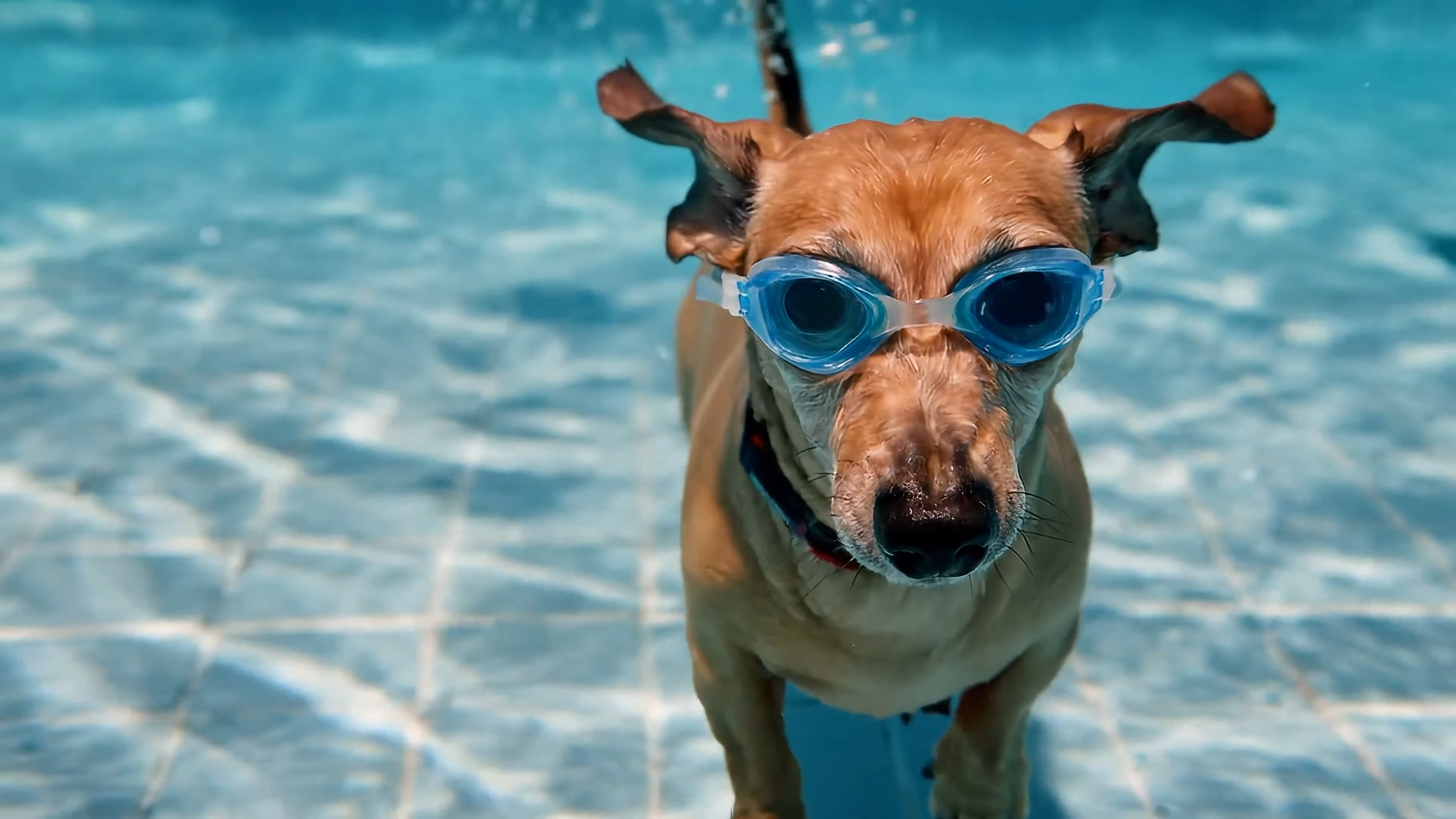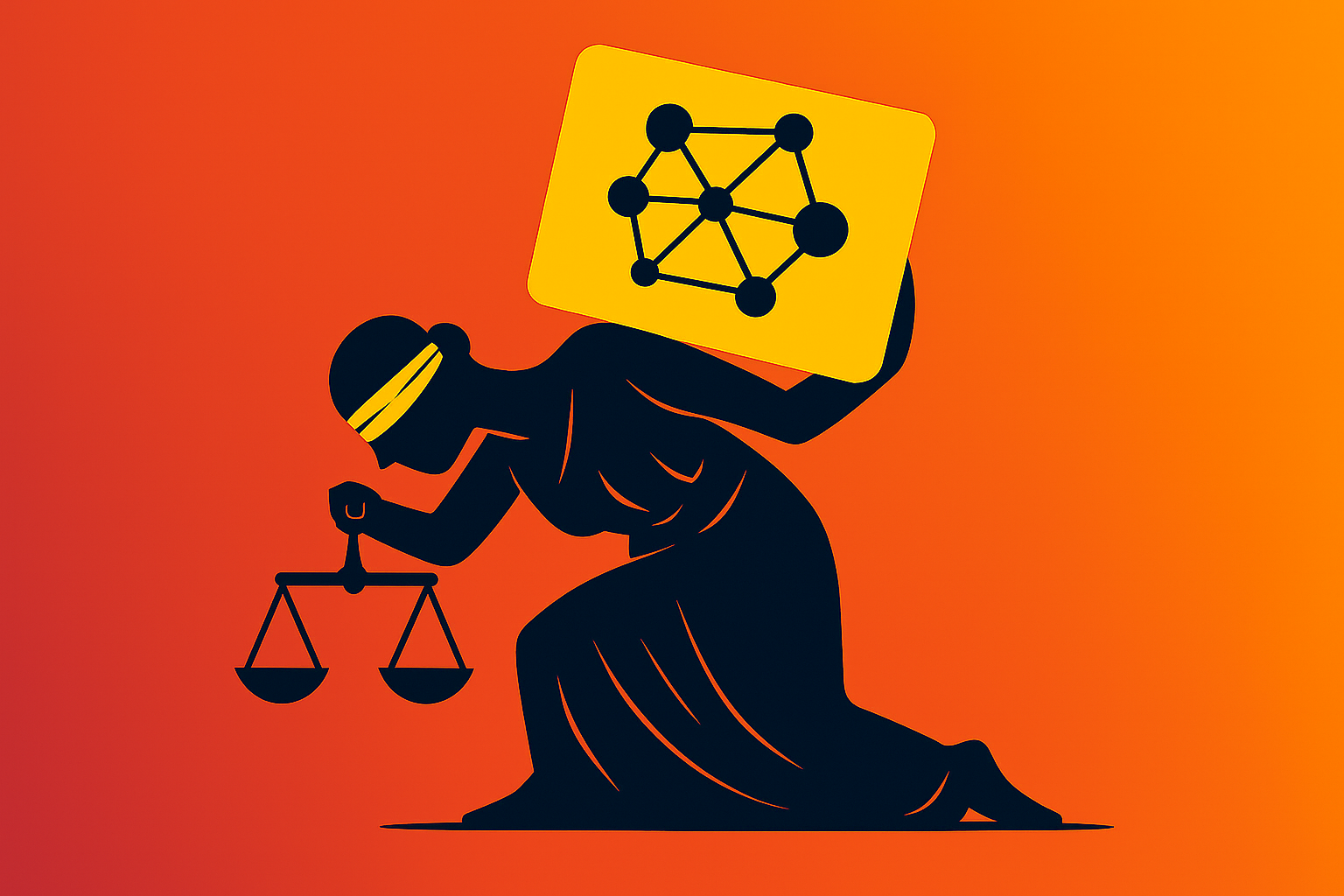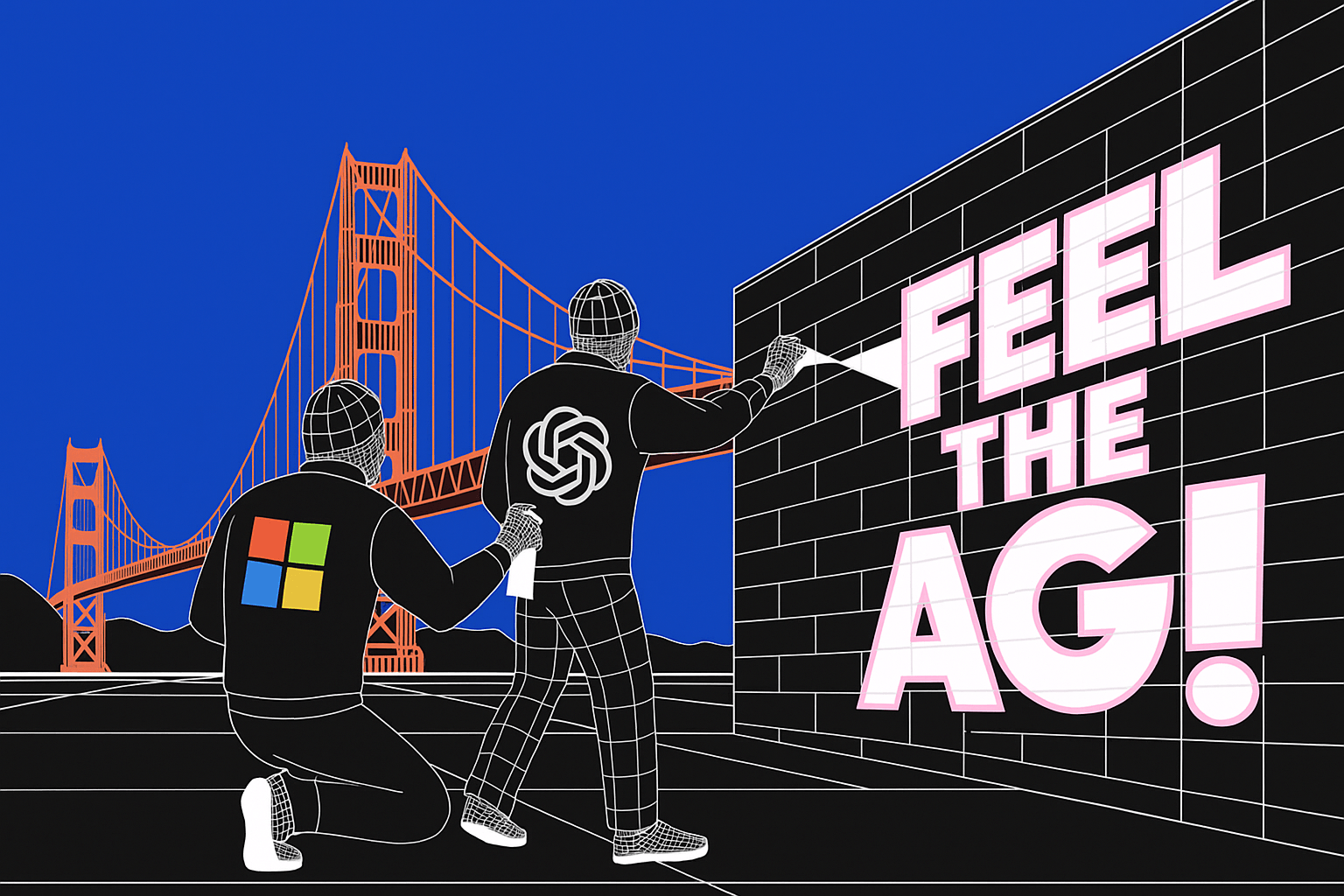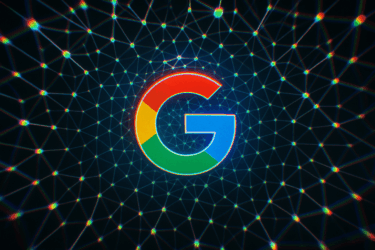YouTube is adding Google's Veo 2 video generation model to its Shorts feature, allowing creators to add AI-generated clips and backgrounds to their clips.
The update builds on YouTube's existing Dream Screen feature and adds two capabilities: Users can now create AI-generated backgrounds for their shorts, and they can create standalone video clips to incorporate into existing content.
Generating videos works through simple text prompts, with options to specify styles, lens types, and movie effects. YouTube says the system generates videos faster than previous versions.
YouTube will add invisible SynthID watermarks to all AI-generated content, clearly identifying it as such. The features are rolling out in the U.S., Canada, Australia, and New Zealand, with plans for broader rollout later.
From video clips to understanding the world
Outside of short films, Google's Veo 2 can create videos up to 4K resolution, which can be extended to several minutes, according to Google. It is also available through VideoFX and the Vertex AI platform.
In tests of more than 1,000 prompts, users consistently rated Veo 2's performance higher than competitors, including OpenAI's Sora Turbo. This is in line with general feedback on social media since both tools were launched in December.
Like other AI video generators, Veo 2 still struggles with complex scenes, movement, and basic physics. While companies like Google hope to eventually use these models to create comprehensive world models, current technology limits them to shorter clips and effects - making YouTube Shorts a natural fit for now.




